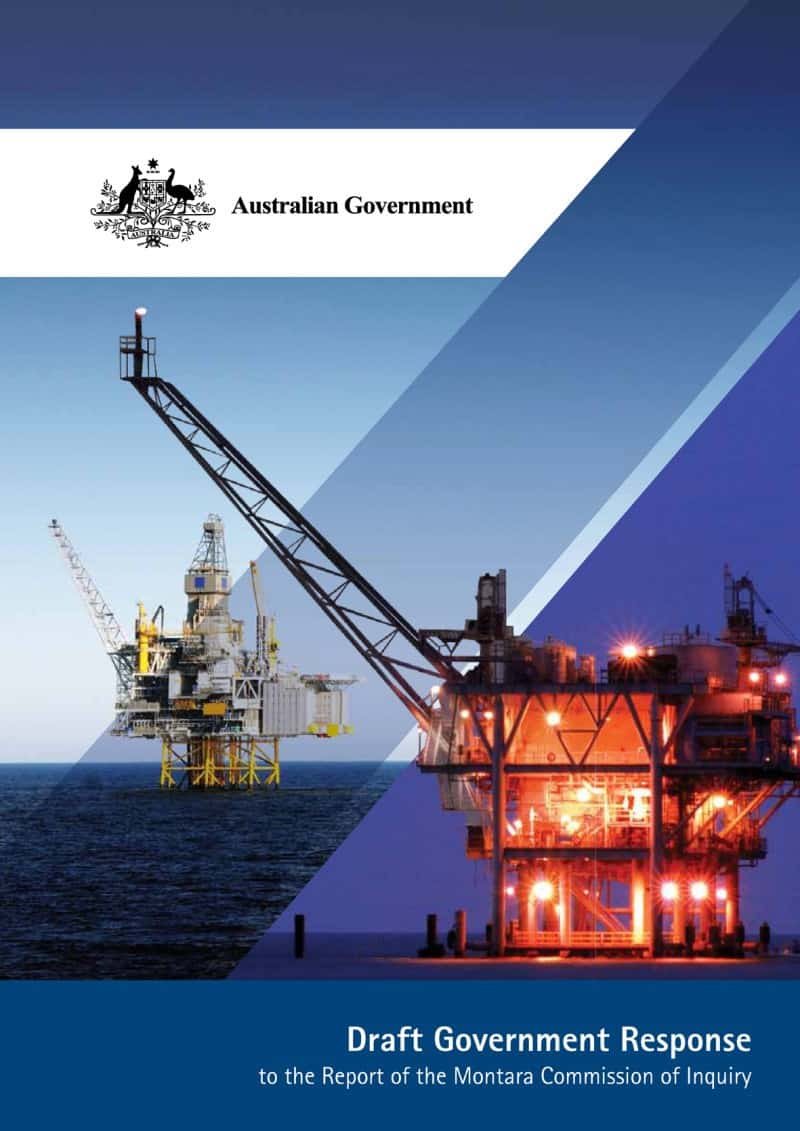Many OHS laws place obligations on employers to notify regulators ( ) of any particularly serious (often defined) incidents. In many jurisdictions regulators are sometimes informed of work-related hospital admissions, for instance, even if employers do not notify. But there is substantial benefit in notifying the regulators early.
Anecdotal evidence shows that by facing up to the reality that an incident has occurred is less costly in the long term as this shows that one is aware of one’s OHS obligations and willing to apply them.
The wisdom of reporting incidents in a timely manner is perhaps illustrated by a 17 December 2010 article in The Age newspaper. It is rumoured that incidents involving apprentice tiler Kane Ammerlaan may not have been reported to the OHS regulator in Victoria, WorkSafe.
Prompt reporting may not have been able to improve Ammerlaan’s situation relating to the fall but investigations into this possibly life-changing incident could have begun much earlier, and when evidence was easier to collate.
Ammerlaan also alleges that:
‘Through my six weeks I was constantly abused. There was a lot of verbal abuse; they’d throw stuff at me; I was shot with a nail gun on a few occasions.”
This may raise, yet again, the safety issue of the treatment of young workers and apprentices; an issue on which the community seems to require regular reminding.

